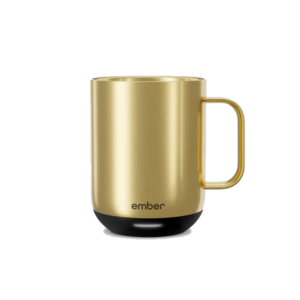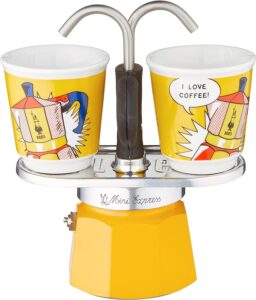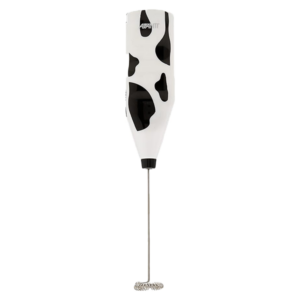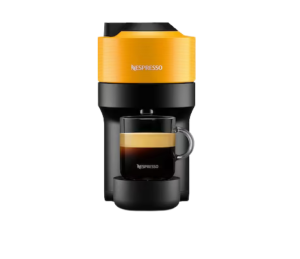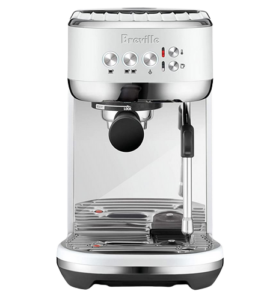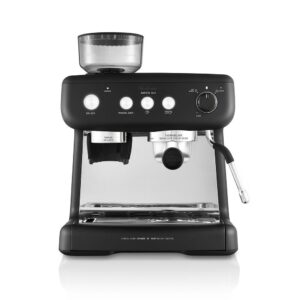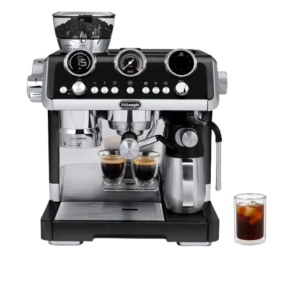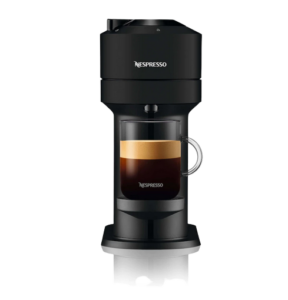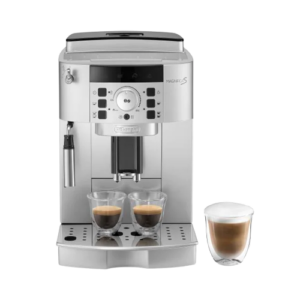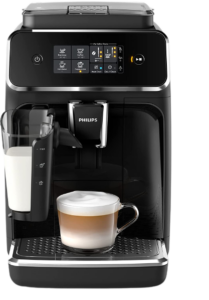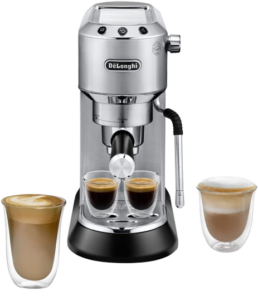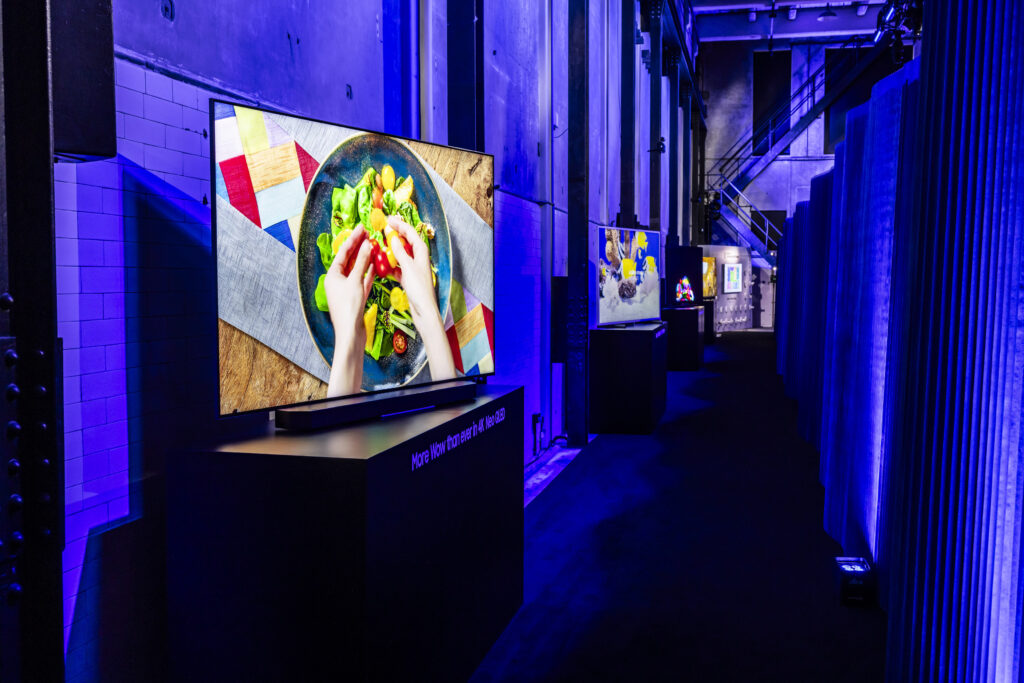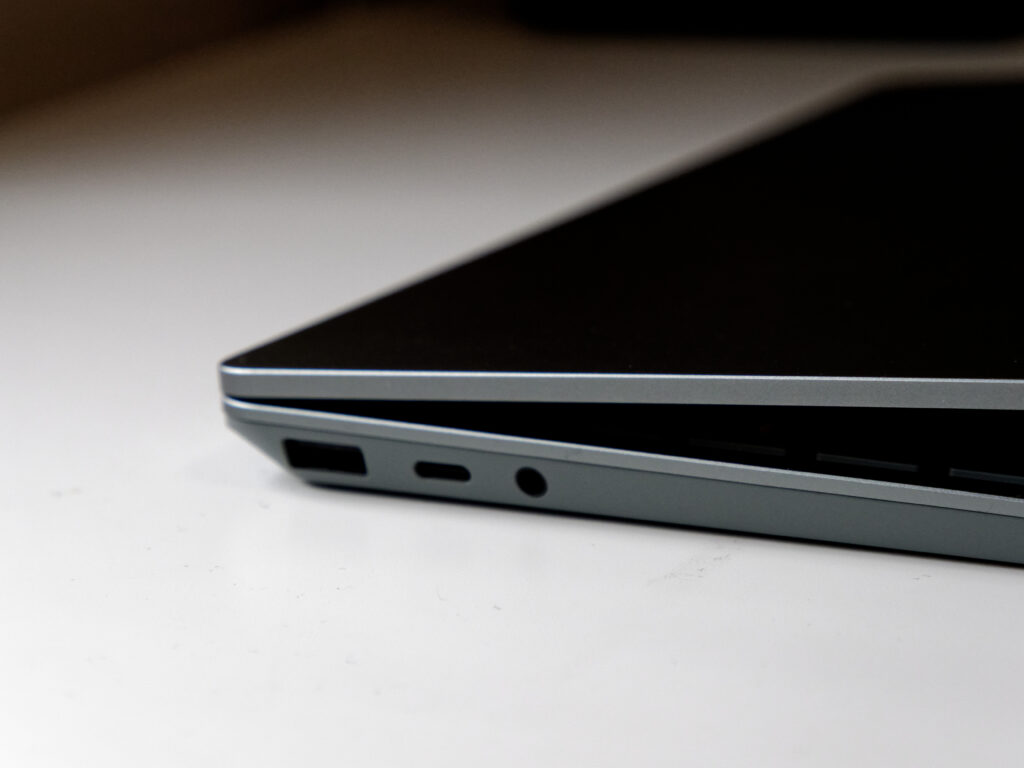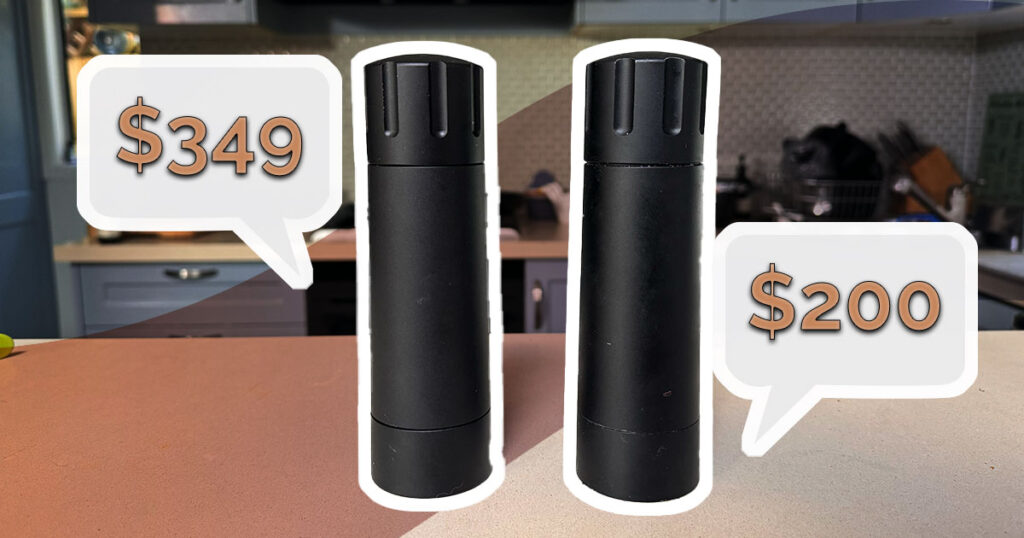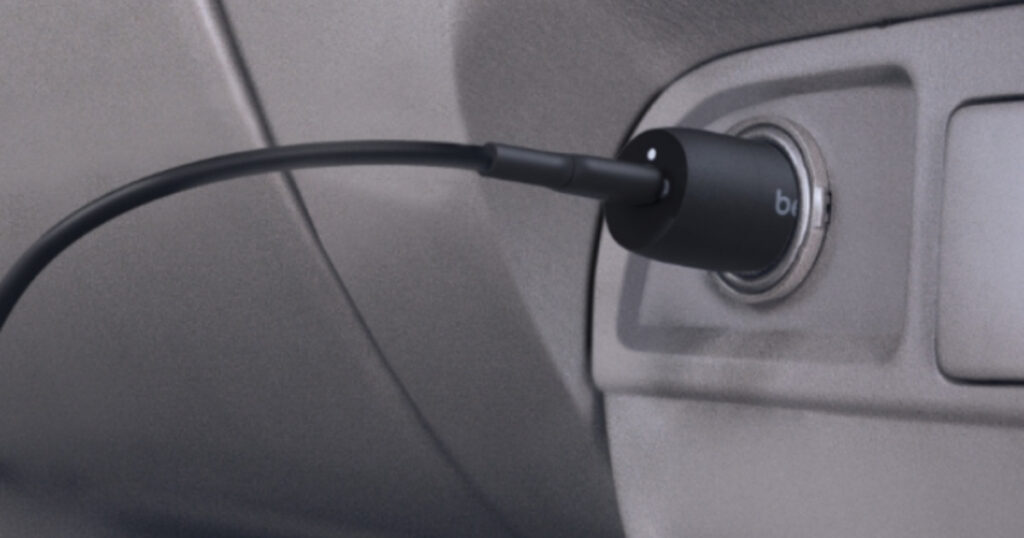Automatic coffee machines are another step up from pod coffee, to instant coffee in another format. As you may have guessed from the name, automatic coffee machines do all the heavy lifting for you. For the most part you’ll just need to pour in your beans, press a couple of buttons and you’ll have a freshly brewed espresso. The experience itself is very similar to pod coffee machines but because the beans are freshly ground by the machine itself you’ll get better depth of flavour, and higher caffeine content (depending on your beans and grind preference). When you first get the machine you will probably need to play with the grind settings a bit until you get it exactly where you want it. Once you’ve figured out these settings though, you’re ready to sit back and sip on fresh coffee til your heart’s content… or beating too fast.
This also means that you have the choice of any beans you want. Buying coffee beans in bulk can be quite affordable, and ultimately bring your cost per coffee down significantly from pod coffee. You also don’t have the environmental impacts to worry about, and your coffee grounds can be composted or just mixed in with soil for the garden.
Many automatic machines include a milk frother or a steaming wand too. Generally if you have a steaming wand you’re going to have to steam your own milk which can be a bit of a learning curve (pro tip, get a food thermometer and steam it to 60 degrees C). This also makes the process a bit more time consuming, but the payoff is worth it in my opinion.
Upkeep of automatic coffee machines is much higher than that of pod machines however. In my household we have the DeLonghi Magnifica S and an ongoing joke that it always needs something. Either the coffee catch area needs to be cleaned, or the water jug is empty, or the beans are running low, or it needs to be descaled, or the steamer needs a deep clean. Apart from descaling, none of these tasks take very long to do, but there are just more moving parts to consider day-to-day.
